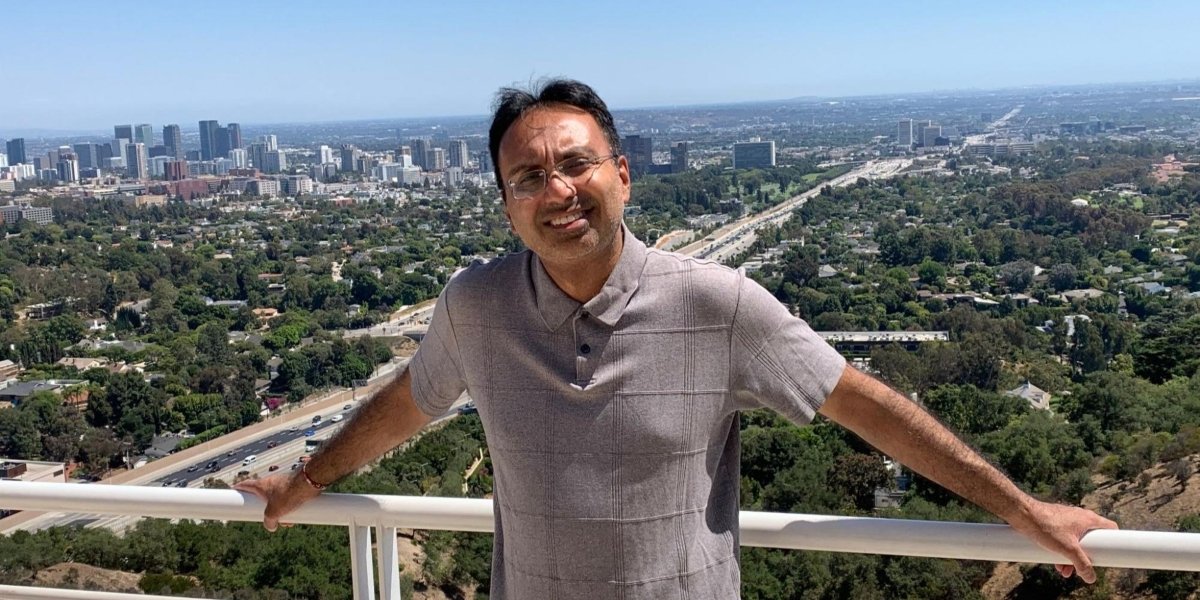By: Natalie Johnson
In business, strength has long been defined by toughness: long hours, unflappable composure, and the ability to push through adversity without complaint. For Justin Goodman, this definition nearly cost him everything.
By 29, Goodman had built a notable reputation as a highly regarded construction insurance expert. He was running a growing training company, winning industry awards, and establishing himself as an emerging leader in his field. Yet behind the polished résumé, he was battling chronic pain, substance abuse, and type 2 bipolar disorder.
“On the outside, I looked invincible,” Goodman recalls. “On the inside, I was struggling. And because I thought strength meant silence, I didn’t ask for help until it was almost too late.”
The Myth of Invincibility
Goodman’s story highlights a cultural myth that continues to affect leaders and employees alike: the belief that resilience means hiding weakness. This myth is especially common among men, where vulnerability is often perceived as a sign of failure.
The consequences are significant. Untreated mental health struggles can lead to burnout, broken families, and, in many cases, preventable hardships. Goodman believes the myth of invincibility is not only personally harmful, but it is also an unsustainable approach. “You can’t build lasting companies on individuals who are struggling to cope,” he says.
From Struggle to Advocacy
Rather than hiding his journey, Goodman has chosen to embrace it as part of his advocacy. Through Project 55, the nonprofit he founded, he now offers training aimed at helping ordinary people step in when someone is facing challenges. But the deeper message is cultural: vulnerability is not weakness—it is the foundation of trust.
“When I started being open about my battles, something remarkable happened,” he explains. “People leaned in. They didn’t judge. They connected. Vulnerability gave me credibility in ways polished success never did.”
Vulnerability as a Leadership Asset
Goodman now argues that vulnerability should be viewed as a valuable leadership currency. Leaders who acknowledge their own challenges create workplaces where authenticity thrives. Teams take risks, speak up, and innovate when they trust their leaders to be human.
The data supports this. Studies suggest that employees tend to be more engaged when leaders model openness, and organizations with psychologically safe cultures often perform better than their peers. Goodman believes this shift is already underway, with athletes, entertainers, and CEOs openly discussing mental health. “The leaders of tomorrow will likely be those who are unafraid to say, ‘I don’t have it all together, and that’s okay,’” he says.
Building Tools for Courage
Project 55 operationalizes this philosophy by offering practical tools. The training does not require participants to become therapists. Instead, it equips them to recognize signs of distress, ask compassionate questions, and offer immediate support. Vulnerability becomes something actionable, not abstract.
Goodman emphasizes that courage is contagious. “When leaders model openness, it encourages others to do the same,” he explains. “That ripple effect has the potential to transform cultures, families, and communities.”
A New Definition of Strength
Goodman’s ultimate goal is a cultural redefinition. In his view, the strongest leaders are not those who pretend to have no struggles, but those who confront them and help others do the same. “We’ve often confused stoicism with strength,” he says. “True strength is the ability to be real, to listen, and to show up when it matters most.”
Through Project 55, Goodman hopes to make this new definition tangible. With a target of training up to 100,000 people in a year, he is working to scale vulnerability into a movement; one that redefines strength for the next generation.
Looking Ahead
For Goodman, success is no longer measured by accolades or industry rankings. It is measured by lives impacted, conversations sparked, and crises prevented. “The most important legacy we can leave,” he reflects, “is not how tough we looked, but how much we helped.”
In an era defined by burnout and disconnection, Goodman’s message is both thought-provoking and simple: vulnerability is strength. And if enough leaders embrace it, it may be the competitive edge that has the potential to save lives.
Disclaimer: The content above is for informational purposes only and reflects the opinions and experiences of the individuals featured. It is not intended to be medical advice or a substitute for professional guidance.













